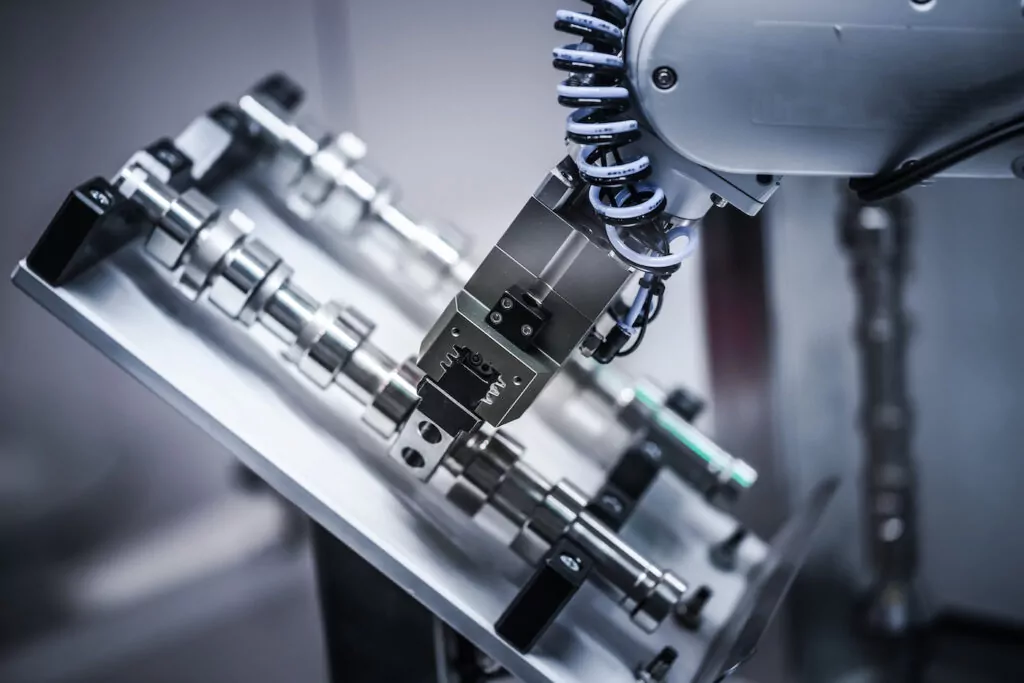Customer Experience (CX) is now a top business priority for many companies, resulting in higher budgets to improve the overall customer experience & retention, and, ultimately, generate more sales.
Organisations are now trying to figure out how to maximise the value from customer research and how to turn the insight into tangible solutions for customers.
CX has not always been directly associated with the product design process – the insight from CX research informs design, but the research and design are organised separately. Different teams working on related but separate tasks.
Design, in the form of User Experience (UX) Design, is a frequent consumer of output from CX research, making digital experiences more cohesive and accessible for customers.
Whilst CX covers the intent and action of customers at every stage of their interaction with an organisation, UX focuses only on users and not necessarily customers, as digital products and services frequently have internal team members as users.
To deliver more connected and comprehensive research to design service, organisations are looking at how CX can flow more directly into design. This applies to all kinds of digital services to speed up delivery, reduce complexity, ease onboarding, etc.

The principles of understanding a target audience and building solutions that solve their problem are key to both. Our approach is the application of the User Centred Design (UCD) framework to build momentum and de-risk product development. This allows design teams to engage directly with research and for insights from customers to inform design choices.
Here is how CX and a UCD process work together:
Discover customer pain points and needs
Listening and speaking to people about their pain points, UCD design research tries to understand what people need. It also seeks to understand how we might reasonably meet their needs. Simon Bevis, Head of Design of Wyoming comments: “we reach the point when we can declare that we know users once we’ve spoken to enough of them to understand what motivates them, what frustrates them, and have run our proposed solutions past them, gaining useful feedback”.
There are many ways to get more insights from your customers on their need states. We often perform in-depth interviews and surveys, but the methods you use will depend on the nature of your project. In-depth interviews take time to prepare and organise and are typically restricted to a small but representative sub-set of customers. Surveys provide wider reach and impose a lower burden on participants, but survey design and inclusion need to be carefully managed.
Build momentum during the development phase
Big Design Up Front may be the right model for a few projects but for most digital product and service build, a more fluid and agile approach is helpful. Come up with some possible solutions quickly and cheaply and once you have something to start, show those ideas to users to get feedback.
“If you work in isolation without the input and/or validation of users, you risk designing sub-par solutions, or solutions for problems that exist only in your worldview but aren’t recognised by a wider market”, Simon said.
Incorporate feedback and develop the solution fully
To reduce re-work, we need to first validate our thoughts by getting feedback from those we are designing for, creating a solution for them, sharing, and improving.
Prototyping is often used as a method to achieve those results – transforming ideas into something tangible that we can test on users before building the product. The prototype is then improved based on user feedback and shown again until sufficient confidence is gained.
For example, developing electronic safety instructions for a clinical trial mobile application, Wyoming developed several candidate applications in a short space of time. These candidates were shown both to internal stakeholders as well as users, to learn which features, flows and styles best met their requirements.
Release the product and improve
Test, measure and learn is always relevant, even after the product or service is released, a phase when we can observe how people use it in production. Real-world evidence allows design teams to learn from people using services in their real world, generating valuable insight to make changes and constantly improve the solution.
Conclusion
We deliver our design service as a cohesive flow from voice of customer research through to iterative product design through to ongoing real-world feedback and improvement. The benefits are many:
- De-risk product development
- Reduce re-work in the most expensive part of the project – coding, as you will get closer to the optimal solution even before it is fully developed
- Remain connected to users and build confidence about progress
- Deliver solutions that meet real customer needs
- Take guesswork out of the process
- Create a truly customer-centric product development process
No matter the tool and software your customers interact with, whether it’s through a web application or a marketing site, a customer-centred approach is the most effective way to develop your product.
Check our case study where we designed and built a Customer Experience portal for a Global Contract Manufacturing Organisation to see an example of combining UX design and CX. We provided an online self-service portal to reduce call deflection and improve customer service.
Looking to start a research exercise or a design project? Reach out and a member of our team will contact you shortly.






